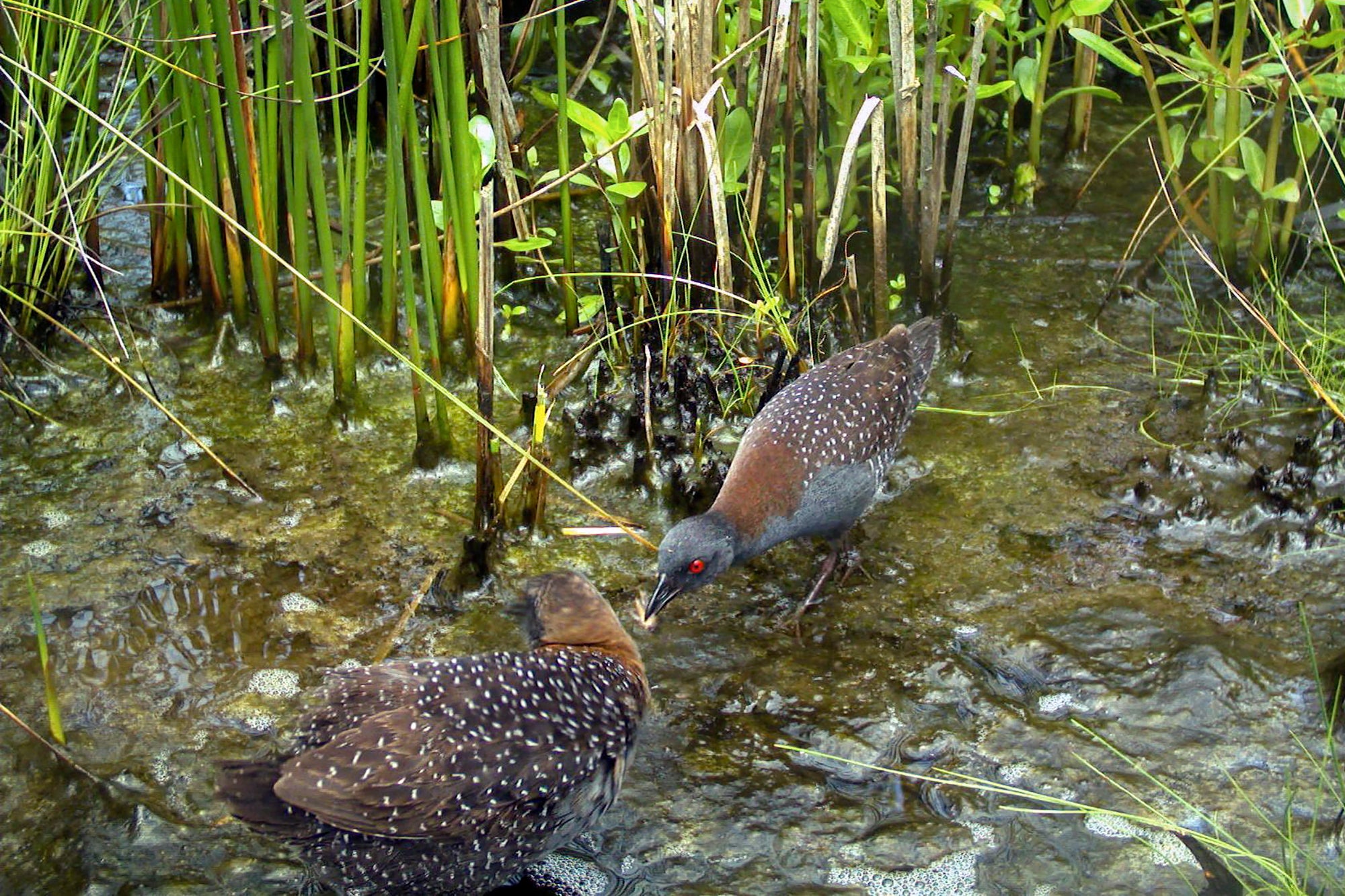Elusive eastern black rail threatened by rising sea levels
The U.S. Fish and Wildlife Service has declared the Eastern black rail a threatened species under the Endangered Species Act

Your support helps us to tell the story
From reproductive rights to climate change to Big Tech, The Independent is on the ground when the story is developing. Whether it's investigating the financials of Elon Musk's pro-Trump PAC or producing our latest documentary, 'The A Word', which shines a light on the American women fighting for reproductive rights, we know how important it is to parse out the facts from the messaging.
At such a critical moment in US history, we need reporters on the ground. Your donation allows us to keep sending journalists to speak to both sides of the story.
The Independent is trusted by Americans across the entire political spectrum. And unlike many other quality news outlets, we choose not to lock Americans out of our reporting and analysis with paywalls. We believe quality journalism should be available to everyone, paid for by those who can afford it.
Your support makes all the difference.The U.S. Fish and Wildlife Service declared the Eastern black rail a threatened species on Wednesday, but stopped short of the stronger protections some environmentalists were seeking for the elusive bird, now imperiled by habitat destruction, sea level rise, and the increasing frequency and intensity of storms with climate change
Nicknamed the “ feathered mouse,” the eastern black rail is about six inches long, with white-flecked dark feathers, a brown nape and brilliant red eyes. Populations have declined by more than 75% over the last 10 to 20 years, according to a wildlife service news release announcing Endangered Species Act protection.
“They are one of the front-line species dealing with the impact of sea level rise," said Bryan Watts, a professor of conservation biology at the College of William and Mary. “That's really the cause of their catastrophic decline.”
On the Atlantic Coast, the birds inhabit the high marsh area between tidal marsh that is flooded every day and uplands, said Watts, who has been studying the eastern black rail for about 30 years. The birds used to be found as far north as Cape Cod but now are not found above North Carolina, he said.
“They haven't been seen in Virginia since 2017," Watts said. “They're winking out in the northern parts of their range quickly."
The Center for Biological Diversity first proposed protections for the eastern black rail 10 years ago and sued the government last year over its inaction. Stephanie Kurose, an endangered species policy specialist, said they believe the bird should have been given “endangered” status to provide a higher level of protection.
“By the Fish and Wildlife Service's own projections, the Great Plains population is likely to be gone in 15 to 25 years,” Kurose said. “The sole remaining coastal populations have a high probability of being completely extinct by 2068.”
Kurose also took issue with the decision not to designate critical habitat for the bird. The wildlife service said that doing so would make it easier for bird lovers to find eastern black rails and potentially trample their habitat. For the same reason, detailed sighting information is not available on the eBird app.
Historically, the eastern black rail is known to exist in 35 states east of the Rocky Mountains as well as Puerto Rico, Canada, Brazil, and several countries in the Caribbean and Central America, according to the FWS. While their geographic range is still relatively widespread, they are few in number.
The agency says there are an estimated 355 to 815 breeding pairs along the Atlantic Coast. Another 1,300 individuals are estimated to live in protected areas along the mid- to upper Texas coast. And there are small populations in Colorado and Kansas.
Population estimates are hard to derive because the birds are “the ultimate in secretive” among notoriously secretive marsh birds. Their elusiveness is part of what makes them a prize sighting for birders.
But the center's Kurose said serious birders have a code of ethics and are unlikely to pose a danger.
“The threat is not sufficient to justify not protecting its habitat,” she said.
___
Follow Travis Loller on Twitter: @travisloller